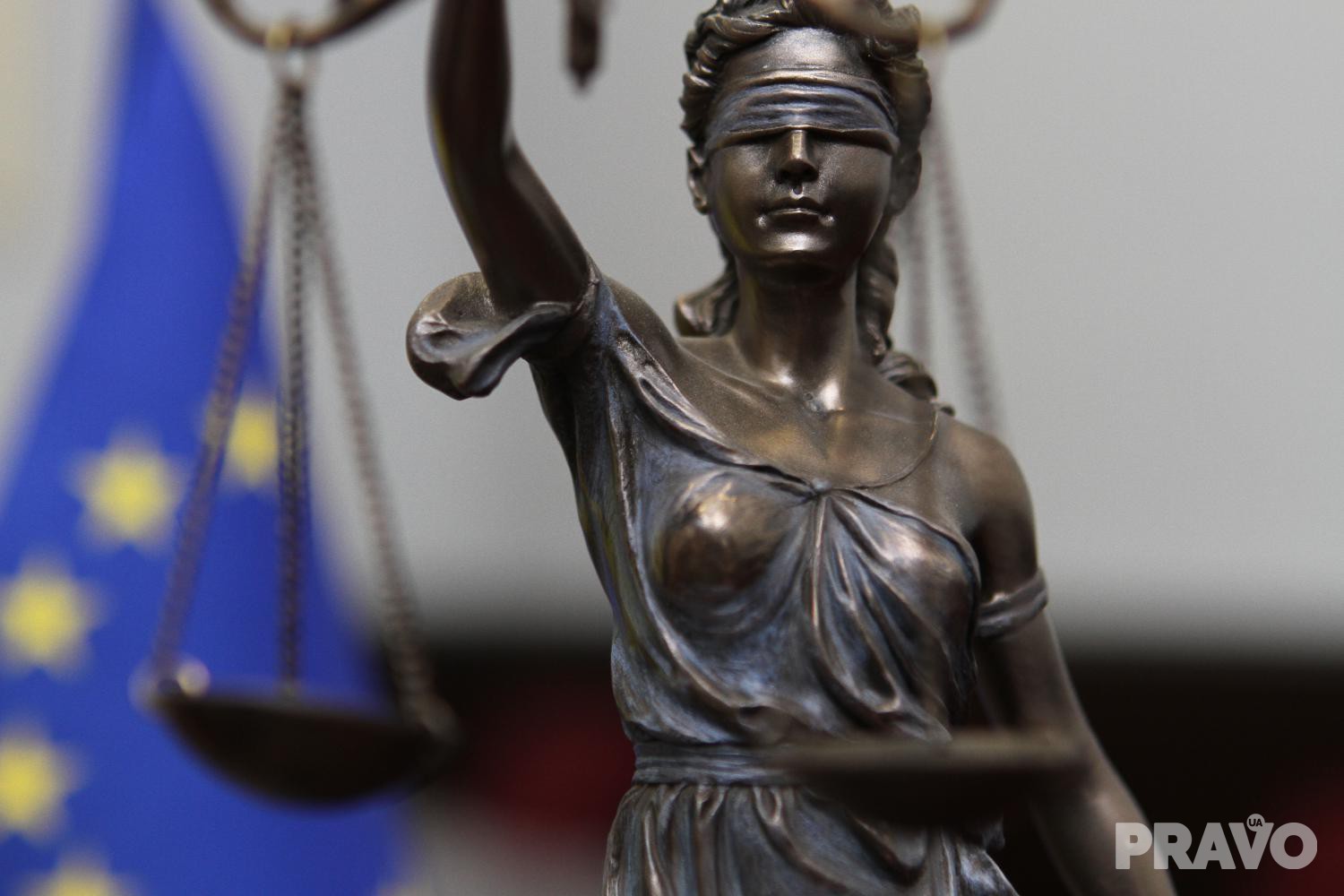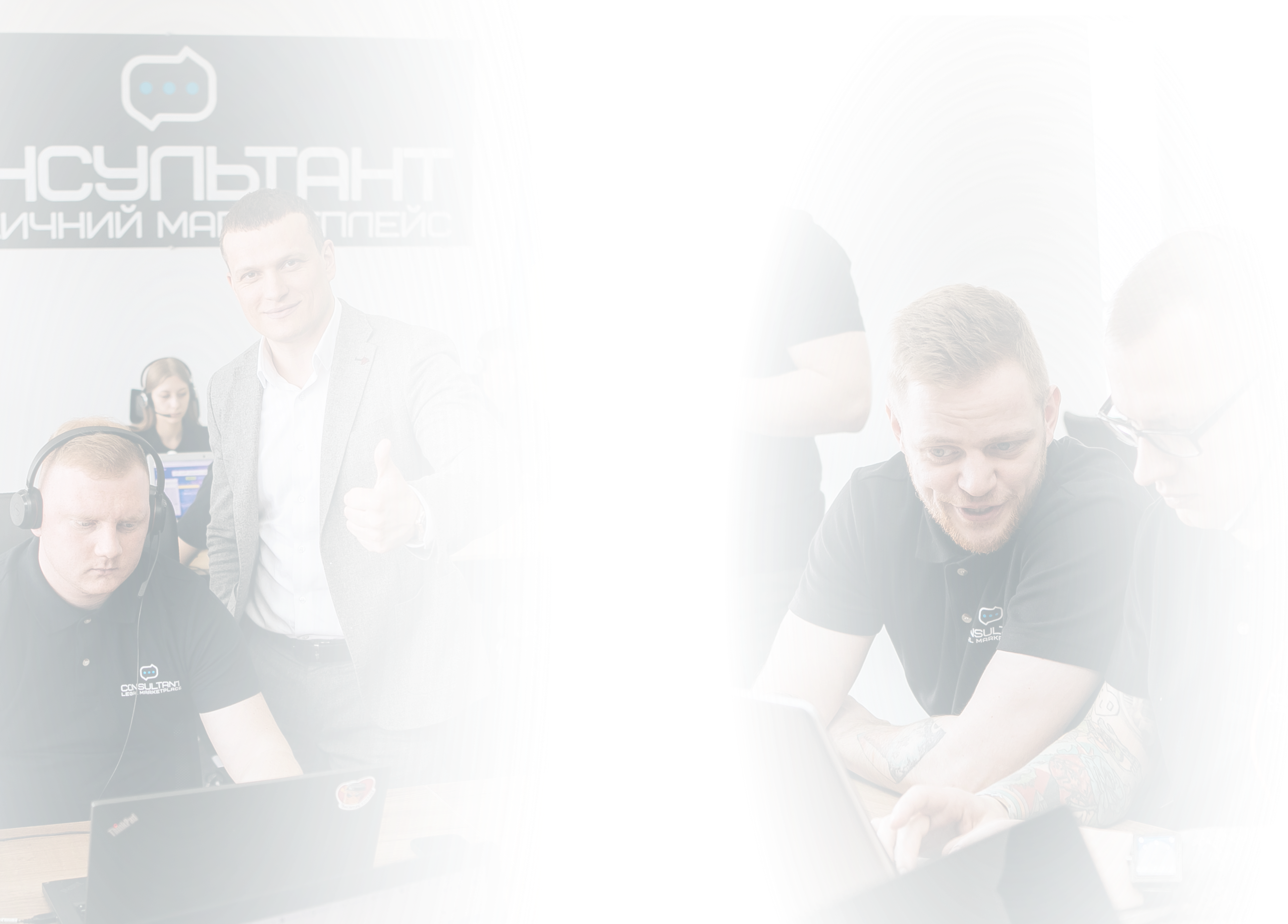active and purposeful military lawyer with more than 4 years of experience
The essence of presentation for the identification of a corpse
Presentation for identification of a corpse is an important procedural action in criminal proceedings, designed to establish the identity of the deceased. This becomes necessary when the person who died cannot be identified under other circumstances, for example, due to severe body injuries or lack of documents.
The procedure for presenting a corpse for identification is regulated by the Criminal Procedure Code of Ukraine and is carried out with the participation of specially summoned persons who can identify the deceased. Usually these are relatives, close acquaintances or other persons who could see the deceased during his lifetime.
A key aspect is to provide suitable conditions for identification - the corpse must be presented for examination together with other objects that are visually similar and may raise doubts among witnesses. This avoids false identification and increases the reliability of the obtained results.Chapter 2: The procedure for conducting a presentation for the identification of a corpse
The procedure for presenting a corpse for identification consists of several stages:
Preparatory stage:
Collection of information about the person to be identified (signs, circumstances of death, etc.);
Involvement of specialists, in particular a forensic medical expert, to examine the corpse;
Selection of objects similar to the corpse, to be presented together with it.
Direct presentation for recognition:
Presentation of the corpse together with other objects for inspection by witnesses;
Recording of the procedure in the protocol, in particular the reaction, behavior and explanations of witnesses;
Separating witnesses from each other to avoid influencing their testimony.
The final stage:
Analysis of the obtained results, comparing them with other evidence in the case;
Assessment of the reliability and objectivity of recognition;
Making a decision on further investigative actions.
It is important that the presentation for identification of the corpse is carried out in compliance with all procedural requirements, because its results can be of decisive importance for the identification of the person and further investigation.
Chapter 3: Features of presentation for corpse identification
Presentation for the identification of a corpse has its own specific features that must be taken into account to ensure its effectiveness:
Condition of the corpse: The appearance of the body can be significantly changed due to injuries, decomposition, environmental effects, etc. This can make recognition difficult.
Presence of other objects: In order to avoid false identification, the corpse is presented together with other bodies that may look similar to it.
Psychological state of witnesses: Relatives and close acquaintances of the deceased may be in an emotionally tense state, which affects their ability to perceive the situation objectively.
Elapsed time since death: The more time that has passed, the more difficult identification can be due to changes in the corpse's appearance.
Availability of other evidence: The results of the identification of the corpse must be evaluated in conjunction with other evidence in the case, such as fingerprints, examinations, etc.
Taking these features into account makes it possible to increase the reliability and objectivity of the procedure of identification of a person using the presentation for identification of a corpse.
Chapter 4: Legal Aspects of Presenting a Corpse for Identification
Presentation for identification of a corpse is regulated by a number of legal norms, the main of which are:
Criminal Procedure Code of Ukraine:
Article 228 – regulates the procedure for presentation for identification;
Article 238 - defines the specifics of the examination of a dead body.
The Law of Ukraine "On Forensic Expertise":
Article 7 - establishes requirements for the involvement of experts to conduct examinations.Orders of the Ministry of Health of Ukraine:
Order No. 6 dated 17.01.1995 - approves the Instructions on conducting a forensic medical examination.
Compliance with these legal norms is mandatory to ensure the legality and admissibility of the results of presentation for identification of a corpse as evidence in criminal proceedings.
Chapter 5: Practical aspects of presentation for corpse identification
In the practical activity of investigative bodies, presentation for identification of a corpse may have the following features:
Involvement of specialists:
Mandatory involvement of a forensic medical expert to examine and describe the condition of the corpse;
If necessary, the involvement of other specialists (criminologist, biologist, etc.).
Organization of the recognition procedure:
Selection of the venue, provision of proper conditions for examination of the corpse;
Timely informing witnesses about the time and place of identification;
Ensuring the absence of outsiders during the procedure.
Fixation of results:
A detailed description of the appearance of the corpse and its features;
Recording reactions, explanations and conclusions of witnesses in the protocol;
Use of technical means of fixation (photo, video).Perhaps you will be interested in reading articles on such topics as: адвокатские запросы адвокатский запрос ответ на адвокатский запрос требования к адвокатскому запросу непредоставление ответа на адвокатский запрос сроки ответа на адвокатский запрос адвокатский запрос это рассмотрение адвокатского запроса об адвокатском запросе адвокатский запрос образец образец адвокатского запроса образец отказа на адвокатский запрос адвокатский запрос срок рассмотрения ответственность за непредоставление ответа на адвокатский запрос адвокатский запрос срок

































